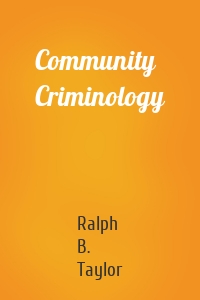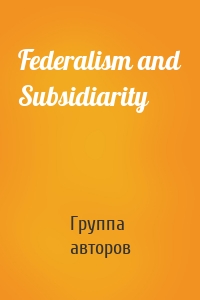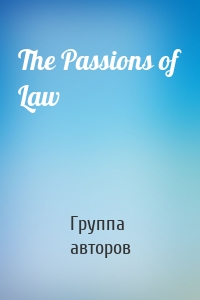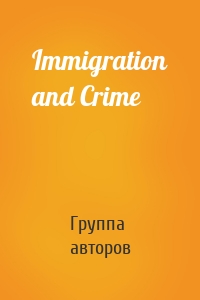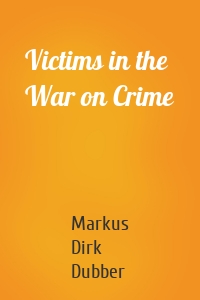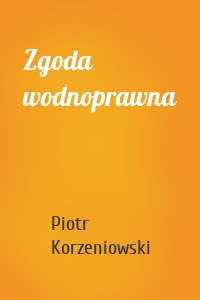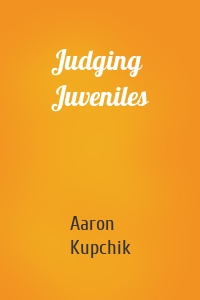Юриспруденция, право
7421 кн.
Community Criminology
For close to a century, the field of community criminology has examined the causes and consequences of community crime and delinquency rates. Nevertheless, there is still a lot we do not know about the dynamics behind these connections. In this book, Ralph Taylor argues that obstacles to deepening our understanding of community/crime links arise in part because most scholars have overlooked four fundamental concerns: how conceptual frames depend on the geographic units and/or temporal units...
| Автор | Ralph B. Taylor |
Federalism and Subsidiarity
In Federalism and Subsidiarity, a distinguished interdisciplinary group of scholars in political science, law, and philosophy address the application and interaction of the concept of federalism within law and government. What are the best justifications for and conceptions of federalism? What are the most useful criteria for deciding what powers should be allocated to national governments and what powers reserved to state or provincial governments? What are the implications of the principle of...
| Автор | Группа авторов |
The Makeover
Watch this show, buy this product, you can be a whole new you! Makeover television shows repeatedly promise self-renewal and the opportunity for reinvention, but what do we know about the people who watch them? As it turns out, surprisingly little. The Makeover is the first book to consider the rapid rise of makeover shows from the perspectives of their viewers. Katherine Sender argues that this genre of reality television continues a long history of self-improvement, shaped through...
| Автор | Katherine Sender |
Comic Book Crime
Superman, Batman, Daredevil, and Wonder Woman are iconic cultural figures that embody values of order, fairness, justice, and retribution. Comic Book Crime digs deep into these and other celebrated characters, providing a comprehensive understanding of crime and justice in contemporary American comic books. This is a world where justice is delivered, where heroes save ordinary citizens from certain doom, where evil is easily identified and thwarted by powers far greater than mere mortals could...
| Автор | Nickie D. Phillips |
The Passions of Law
The Passions of Law is the first anthology to treat the role that emotions play, don't play, and ought to play in the practice and conception of law and justice. Lying at the intersection of law, psychology, and philosophy, this emergent field of law scholarship raises some of the most profound and interesting questions at the heart of jurisprudence. For example, what role do emotions ranging from disgust to compassion play in the decision-making processes of judges, lawyers, juries, and...
| Автор | Группа авторов |
Immigration and Crime
The original essays in this much-needed collection broadly assess the contemporary patterns of crime as related to immigration, race, and ethnicity. Immigration and Crime covers both a variety of immigrant groups–mainly from Asia, the Caribbean, and Latin America–and a variety of topics including: victimization, racial conflict, juvenile delinquency, exposure to violence, homicide, drugs, gangs, and border violence.The volume provides important insights about past understandings of immigration...
| Автор | Группа авторов |
Victims in the War on Crime
Two phenomena have shaped American criminal law for the past thirty years: the war on crime and the victims' rights movement. As incapacitation has replaced rehabilitation as the dominant ideology of punishment, reflecting a shift from an identification with defendants to an identification with victims, the war on crime has victimized offenders and victims alike. What we need instead, Dubber argues, is a system which adequately recognizes both victims and defendants as persons. Victims in...
| Автор | Markus Dirk Dubber |
Citizenship and Its Exclusions
Citizenship is generally viewed as the most desired legal status an individual can attain, invoking the belief that citizens hold full inclusion in a society, and can exercise and be protected by the Constitution. Yet this membership has historically been exclusive and illusive for many, and in Citizenship and Its Exclusions , Ediberto Román offers a sweeping, interdisciplinary analysis of citizenship’s contradictions.Román offers an exploration of citizenship that...
| Автор | Ediberto Román |
The Myth of the Imperial Judiciary
Few institutions have become as ferociously fought over in democratic politics as the courts. While political criticism of judges in this country goes back to its inception, today’s intensely ideological assault is nearly unprecedented.Spend any amount of time among the writings of contemporary right-wing critics of judicial power, and you are virtually assured of seeing repeated complaints about the “imperial judiciary.” American conservatives contend not only that...
| Автор | Mark Kozlowski |
Law and Justice as Seen on TV
Law and Justice as Seen on TV examines the impact, significance, and social and political problems raised by the enormous onslaught of law-related television programming, both fiction and nonfiction, in the years since the rise of live televised trials as major media events. The book weaves together the various strands—media history and analysis, legal history and policy, and the national turn to the political right in the last decades—which gave birth to this trend and has...
| Автор | Elayne Rapping |
Judging Juveniles
2007 Ruth Shonle Cavan Young Scholar Award presented by the American Society of Criminology 2007 American Society of Criminology Michael J. Hindelang Award for the Most Outstanding Contribution to Research in Criminology By comparing how adolescents are prosecuted and punished in juvenile and criminal (adult) courts, Aaron Kupchik finds that prosecuting adolescents in criminal court does not fit with our cultural understandings of youthfulness. As a result, adolescents who are transferred to...
| Автор | Aaron Kupchik |


